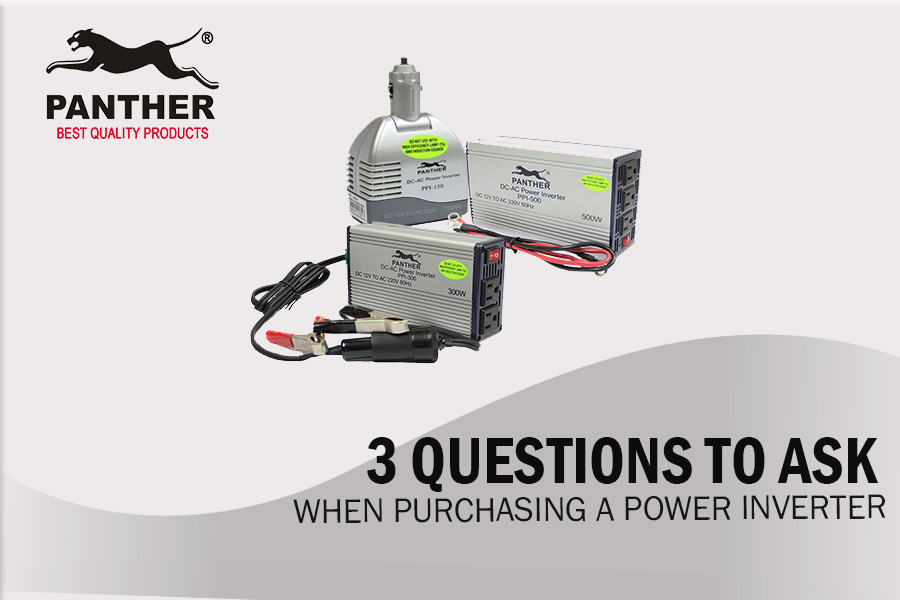
Table of Contents
A power inverter’s purpose is clear: it converts battery power (DC) to electricity (AC), thereby allowing people to continue using their appliances even when there’s no ready electrical supply (e.g., on the road, during power outages), so long as they have a battery in good condition. However, a common complaint of people planning to buy a power inverter is that they’re faced with a multitude of options when purchasing – making it difficult to decide which power inverter would suit their needs best.
If that’s what you’re worried about, then you’ve come to the right place – as we lay out the different areas you have to consider when purchasing a power inverter

Question 1: What type of power inverter do you need?
There are two types of power inverters: Modified Sine Wave Inverter and Pure Sine Wave Inverters. The main difference between the two boils down to cost, efficiency, and protection from interference. Cost-wise, Modified Sine Wave Inverters are cheaper because it is easier to produce modified sine waves vs pure sine waves. However, certain devices (e.g., compressor equipment, audio devices) are sensitive and could be damaged if used with a modified sine wave inverter, given the drop in efficiency and higher potential for interference.
If unsure whether your device requires a Pure Sine Wave Inverter, or if a Modified Sine Wave Inverter would suffice, check out this guide which explains the difference between the two. Just keep in mind that the best way is to still check with the device’s manufacturer and/or supplier, as they are the most knowledgeable on each device’s specific requirements
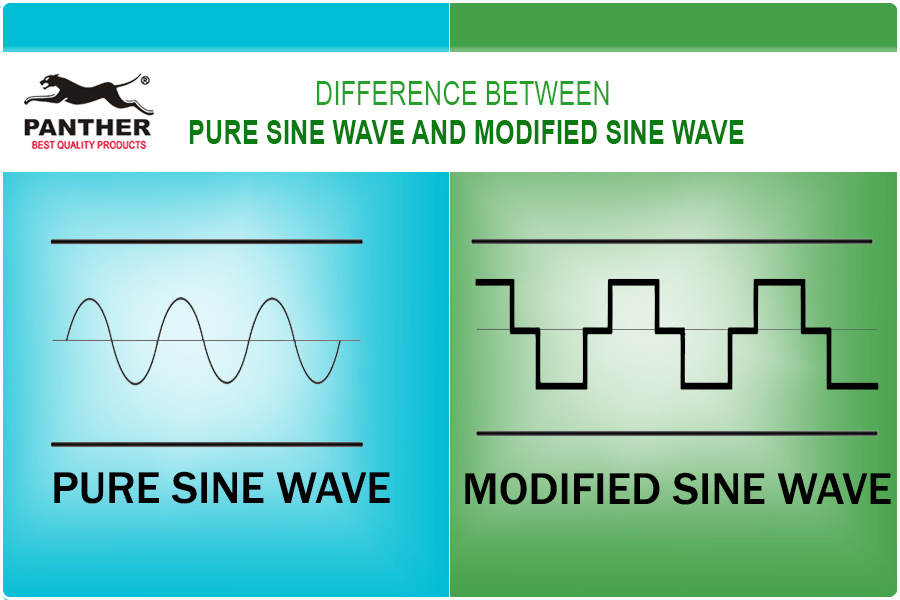
Question 2: What’s the expected battery supply – 12V DC or 24V DC?
Depending on your battery type and application, you will have to determine if you need a power inverter that will convert either 12V DC or 24V DC battery supply into AC. 12V would be applicable if your DC supply comes from the following:
- Normal vehicles (e.g., sedan, SUV), since most vehicles run off a 12V DC battery system
- Most solar power and wind generator based systems
On the other hand, 24V would be applicable if your DC supply comes from the following:
- Most diesel-powered buses and trucks, as they typically have a built in 24V DC battery system
- Two 12V DC batteries connected in series would be equivalent to a 24V DC battery
Note: Please make sure your battery is in good condition in order to minimize damage to the power inverter
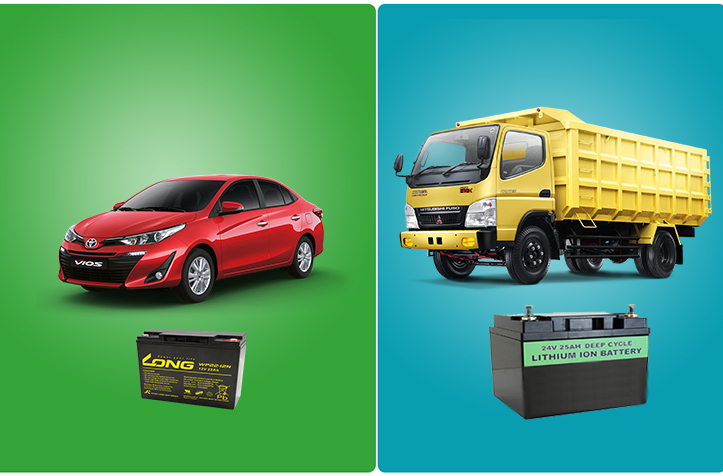
Question 3: What is the appropriate power inverter size to purchase?
The inverter size you choose depends on the power consumption of the appliance/device you want to run (in watts or in amps).
Where can you find this information? The power consumption requirements of a device is typically found on the device’s specification plate itself, or on its appliance manual. When in doubt, you can also reach out to the supplier. Note that this information can be indicated in either watts or amps.
If the information is in amperage, you need to convert to wattage. To do so, simply multiply the amperage by the input/supply voltage (typically 220V – 230V in the Philippines). The formula is as follows:

Once you have a good idea of your device’s requirements, add them all up (in wattages) if you’re planning to plug in multiple devices. From here, follow this step-by-step guide on how to calculate for the total capacity requirement (or continuous output) of the power inverter you need to purchase
In this article, we discussed the key factors one must consider when choosing a Power Inverter to purchase:
- Understanding the difference between Modified Sine Wave and Pure Since Wave Inverter
- The power inverter battery supply (12V DC or 24V DC) that would be compatible with your battery
- Determine the equivalent power the Power Inverter has to generate given the planned appliances to plug in
In line with our commitment to provide for our customer’s needs, below is the full list of Power Inverter series models we have available for your perusal.


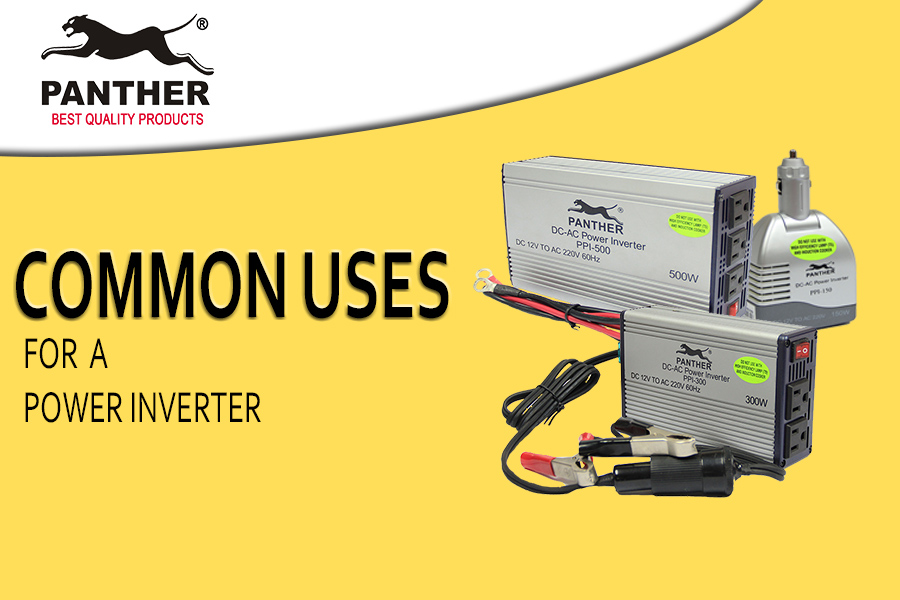
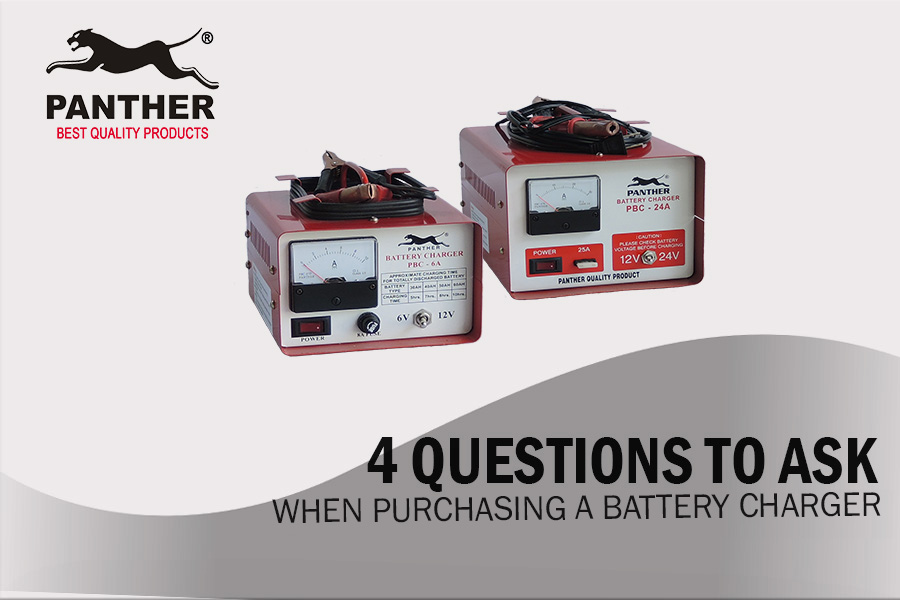
0 Comments